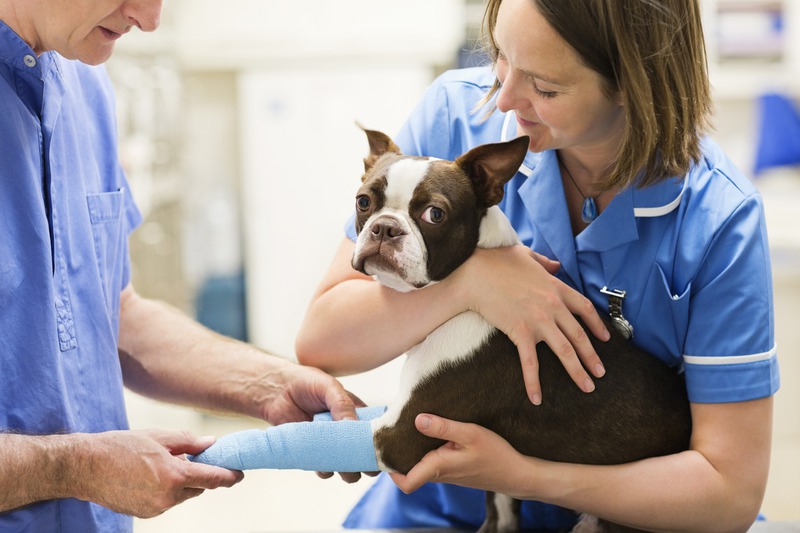As pet owners, we love our furry friends like family; just like with any family member, we want to ensure they live long, healthy lives. That’s where our trusty veterinarians come in, offering advice and care to ensure the well-being of our pets. A standard recommendation from vets is the spaying or neutering of pets—medical procedures that prevent animals from reproducing. It’s not just about population control; these procedures have significant preventive health benefits. So, let’s unravel why vets are so keen on spaying and neutering for pets’ preventive health.
Preventive Health Benefits of Spaying and Neutering
When we bring our pets to the vet, it’s often for vaccinations, check-ups, or the occasional bout of sickness. Yet, veterinarians frequently discuss spaying and neutering with pet owners. Here are the reasons why these procedures are essential for your pet’s preventive health:
Reduced Risk of Certain Cancers
Spaying (for females) and neutering (for males) greatly reduce the risk of pets developing reproductive cancers. For female pets, spaying helps prevent uterine infections such as pyometra and mammary tumors, which are often malignant or cancerous. Neutering males helps prevent testicular cancer and reduces the risk of prostate problems.
Control of Overpopulation and Homelessness
Animal overpopulation is a significant issue, with millions of homeless animals entering shelters each year. Spaying and neutering are effective measures in preventing unwanted litters, thus reducing the number of animals without homes.
Improved Behavior
Unneutered males can display dominance, aggression, and the urge to roam in search of a mate. These behaviors can increase their chances of getting into fights or having accidents. Spaying and neutering often result in more desirable behaviors, keeping pets safer and making them more amiable companions.
Longevity of Pets
Research has shown that spayed and neutered pets tend to have longer lifespans. By minimizing the risk factors associated with reproductive diseases and certain aggressive behaviors, pets can enjoy a higher quality of life for a more extended period.
Cost-Effectiveness
Spaying or neutering your pets can save money in the long run. The cost of the procedure is less than the expense incurred from caring for a litter of puppies or kittens, treating reproductive health conditions, or managing behaviors that could lead to accidents or injuries.
The Procedures
Some pet owners are hesitant about spaying or neutering due to a lack of understanding of these procedures. Let’s demystify them:
-
Spaying is the surgical removal of a female animal’s reproductive organs (ovaries and usually the uterus).
-
Neutering, also known as castration, is the surgical removal of a male animal’s testicles.
Both are routine surgeries veterinarians perform under general anesthesia, with most pets recovering quickly and living healthy, active lives post-operation.
When Is the Best Time to Spay or Neuter?
The timing for spaying or neutering can depend on various factors, such as breed, size, and individual health needs. Most vets recommend that pets be fixed before reaching sexual maturity, often around six months of age. However, discussing the optimal timing for your pet with your vet is always best.
Considerations for Pet Owners
Before you decide to spay or neuter your pet, here are a few more aspects to consider:
-
Your pet’s overall health and fitness, as well as some underlying conditions, may influence the decision or timing.
-
Your pet’s lifestyle and the environment in which they live.
-
Post-operative care to ensure proper healing and recovery.
Although these considerations must be taken into account, the consensus in the veterinary community is clear: the pros of spaying and neutering usually outweigh the cons when it comes to preventive health.
Suppose you want to read more info about spaying and neutering by visiting reputable sources or chatting directly with a professional vet. In that case, you’ll find ample resources that reinforce the benefits of these procedures.
Other Preventive Health Measures for Pets
While spaying and neutering sit at the top of preventive care, they’re not the only actions pet parents should take. Other preventive measures include:
Regular Vaccinations
Vaccinations are essential in protecting pets from various diseases. If you’re in San Diego and looking for a reliable place to get your furry friend their shots, you might want to consider getting shots for pets in San Diego, CA, from a reputable clinic.
Consistent Parasite Control
Protect your pets from fleas, ticks, and heartworms by keeping up with their parasite-prevention medication—these little critters can cause both minor irritations and severe diseases.
Proper Nutrition
A balanced diet is fundamental to maintaining your pet’s health. Ensure you’re feeding your pet age-appropriate, species-specific food in recommended quantities.
Regular Exercise
Keep your pet active with regular walks, play, or other forms of exercise suitable for their species, breed, and size to promote cardiovascular health and mental well-being.
Dental Care
Just like us, pets need their teeth taken care of to prevent dental disease, which can lead to systemic health issues. Many veterinary practices offer veterinary dentistry services, which can include cleanings, extractions, and even orthodontics for pets.
Annual Check-Ups
An annual visit to the veterinarian for a check-up can help catch and address health issues before they become more severe.
Final Thoughts
Spaying and neutering are more than just population control measures; they’re crucial steps in pet preventive healthcare. These procedures offer substantial pet benefits, from reducing the risk of certain cancers to improving behavior and potentially extending lifespans.
Along with spaying and neutering, remember to keep up with vaccinations, parasite control, proper nutrition, regular exercise, and dental care. Always consult with your vet to tailor a health plan that suits your pet’s needs, and remember, an ounce of prevention is worth a pound of cure when it comes to the health and happiness of our beloved pets.

